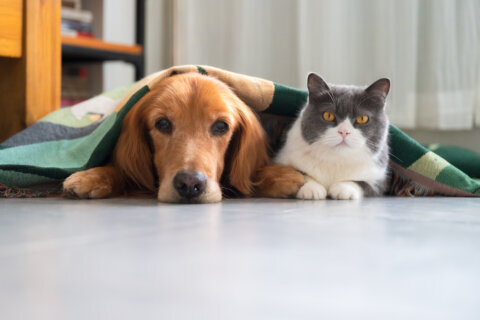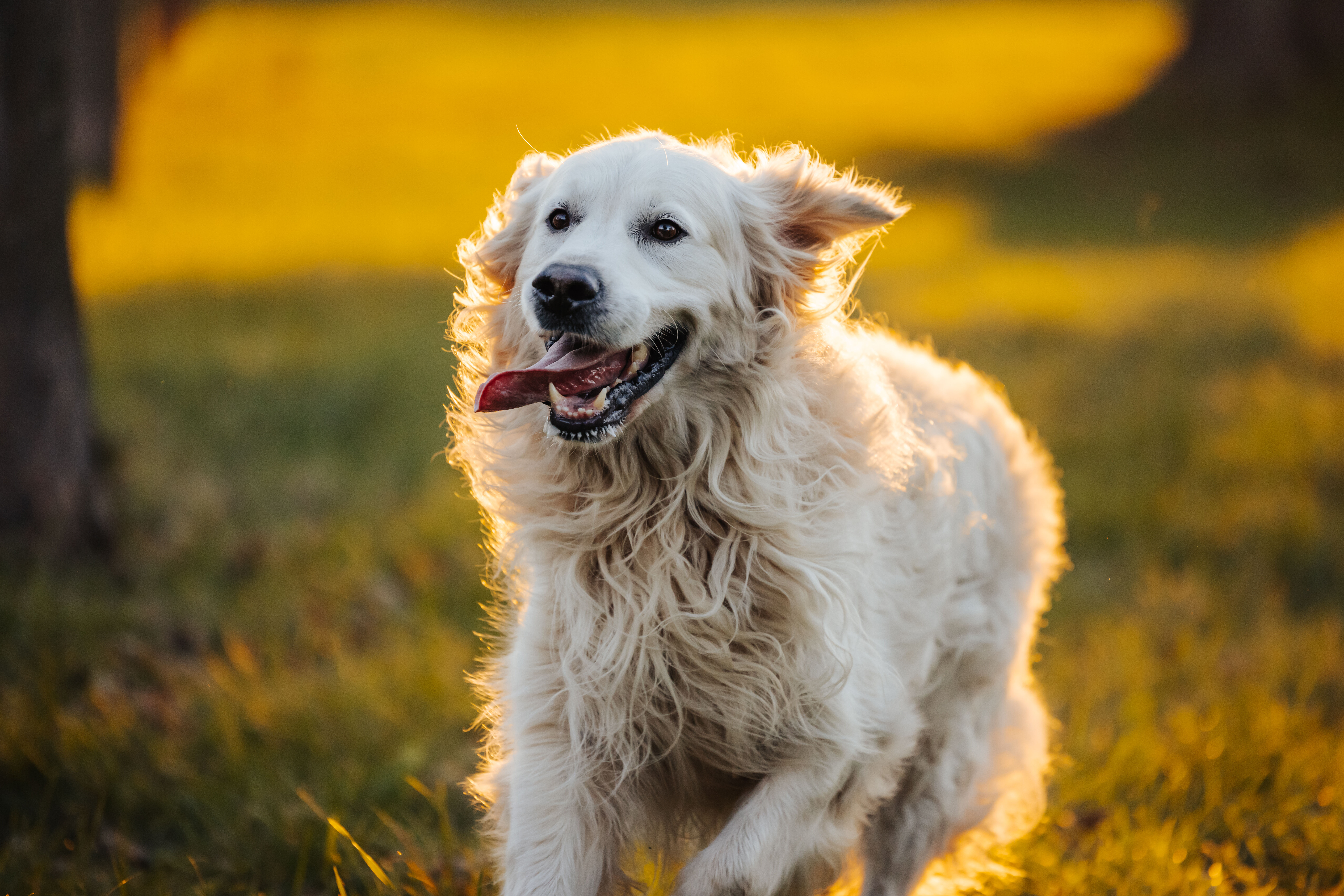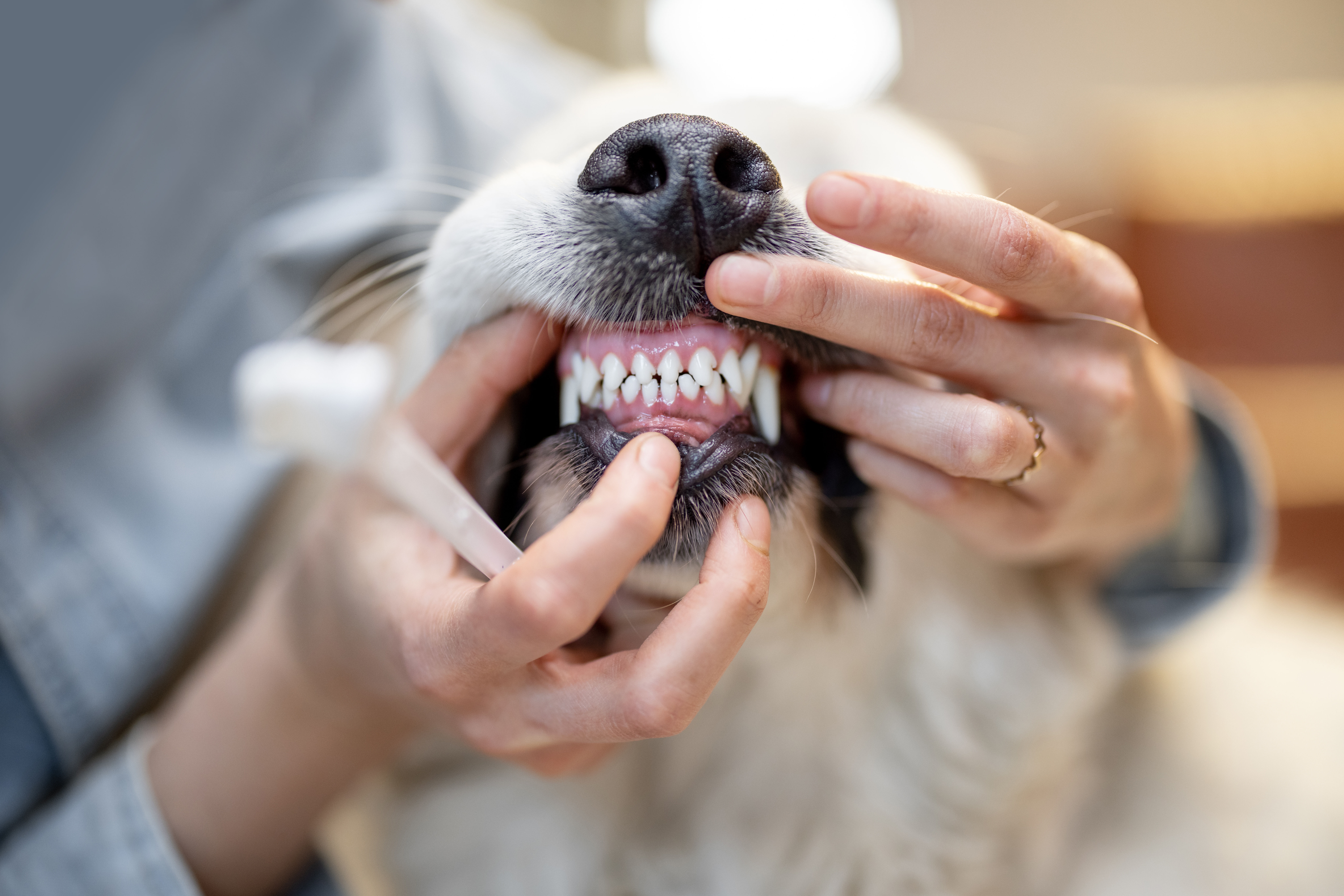This content is sponsored by Rocky Gorge Animal Hospital.
With warmer weather well on its way, keeping your pet clean amid the mud, skinny dipping, drooling, and shedding will quickly turn into a daily battle. Here are a few ways to hopefully help both you and your pet keep your cool this summer.
Our knee-jerk reaction for summer grooming is often a full-body shave. While this can be the right move for some pets, it is often more rewarding for the owners than their fur babies, themselves. Most animal coats are expertly crafted to both insulate in the winter and cool in the summer. There is often a necessary mixture of under and outer coats and shaving could disrupt this balance. Additionally, shaving can expose our pets to sunburn.
Circumstances in which we may recommend a partial or full-body shave are when the majority of the pet’s fur is matted, the pet is prone to hot-spots, or there is a concern for over-heating. Matted fur is not just uncomfortable for us humans to pet, but it can cause some serious health problems. We have seen many cases of severely irritated skin lying underneath matted fur. Dogs and cats often do not show outward signs of pain in these cases, but there is no doubt that ulcerated skin is painful for them. Again, please discuss a unique plan for your pet with your veterinarian. More commonly than a full shave, a vet could recommend focusing the grooming on just three locations – ears, paws, and booty.
Ear infections, or otitis, are very common amongst our pets, especially dogs. While some dogs are just anatomically predisposed, most can be helped with proper hygiene. It is important to understand that ear infections are not passed from one dog to another, but rather due to an overgrowth of yeast or bacteria due to warm, moist environmental conditions within the ear. We often see ear infections pop up when it has been rainy or after going for a dip in the lake. The dogs most at risk are those with long, hairy ears. For these guys, it is very important to trim the hair around the base of the ear. Some dogs, especially those with poodle genes in them, have hair within the ear canals themselves. While this is completely normal, it can absolutely play a role in those pesky recurrent ear infections. Please discuss ear shaving and plucking with your veterinarian, or a trusted groomer.
One thing everyone can do at home (pet-willing), is routine ear cleaning. Routine cleaning can help moderate the pH and remove ear debris, creating an environment that is less ideal for yeast and bacteria. Our go-to product is Epi-Otic by Virbac, however, any NON-medicated ear cleanser should do the trick. Avoid anything with a description including “antibacterial” or “antimicrobial”. These medicated products should be reserved for your veterinarian’s careful selection, as misuse may result in an antibiotic-resistant infection, which nobody wants in their ears. So that being said, it is time to come see your vet if head shaking or ear scratching persist for longer than a day or two.
The paws are similar in that it is a hairy area that is often exposed to water. Moisture trapped in by hair and debris allows for the perfect environment for yeast and bacteria to overgrow, leading to irritated and possibly infected paws. We often see mildly red and irritated paws, but sometimes these chronic infections can be so severe that their paws become painfully swollen, making even walking a miserable task. Please see your veterinarian if any of these signs are observed. To keep paws dry and comfortable, we recommend keeping the hair in this area well-trimmed.
The last, but not least most important place to keep trimmed-up is the perineal region. We often try to avoid looking at our pet’s hind quarters at all costs, but it is very important to keep this area clean. We have seen hairy patients become matted in the region, even causing poop to become entrapped. Not only is this uncomfortable, but it can be painful. Urine and feces can be very irritating to the skin, potentially resulting in red-hot ulcers. To avoid, simply give this area a trim every two to four months and take a peak at least twice weekly.
Once we’ve cleaned up these three areas, all that’s left to do is give Fluffy a bath! Many owners are concerned about bathing their pet too frequently. While some breeds, such as Boxers, often do better with less frequent (three to four times yearly) bathing, most would benefit from more frequent bathing, such as once or twice a month. Human shampoos will usually not harm your pet, but they do have different oils than us and would benefit from a dog or cat-specific shampoo. Oatmeal shampoos are recommended for pets with sensitive skin, whereas antimicrobial shampoos may be recommended if an infection is suspected. Please consult with your veterinarian.
While most of this may seem like common sense, we fully understand how challenging it can be to keep our furry pets well-groomed. We are here to help, not judge. So please feel free to bring any and all questions to us about grooming your furry loved ones!







